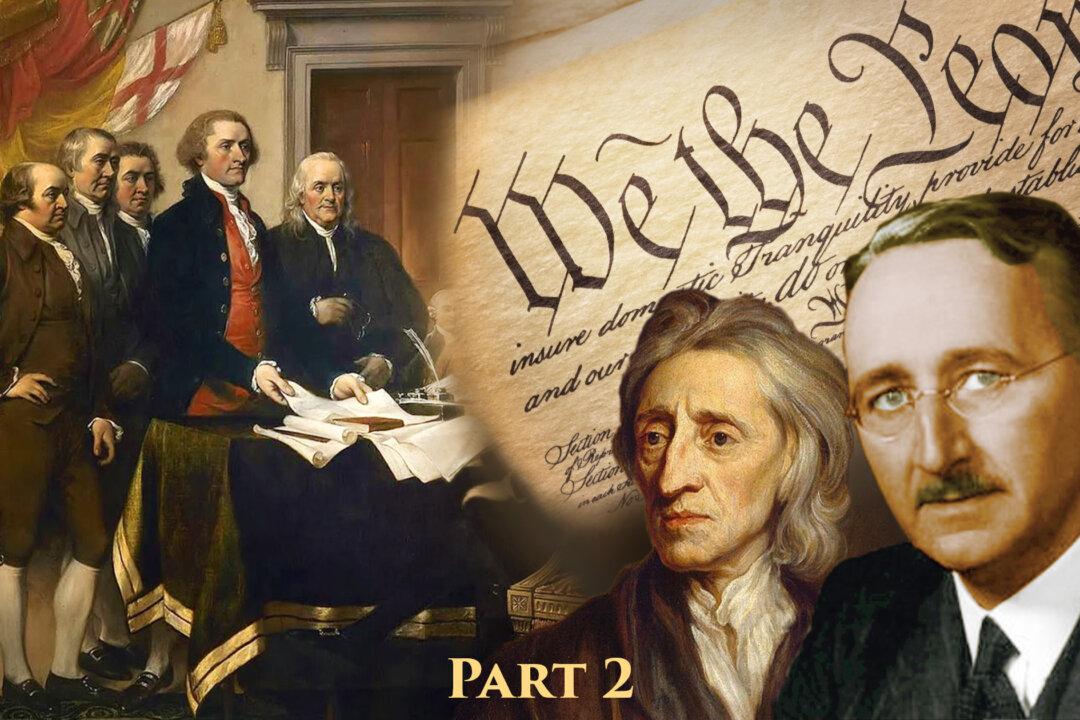Commentary
Rebellions sometimes serve two masters at the same time — righteousness and evil. It’s not always simple telling them apart; while struggling for one, we may inadvertently find the other, despite the best of intentions, with woeful consequences. History is rife with examples of revolutions proclaiming freedom yet serving enslavement, usurpation, even genocide.






